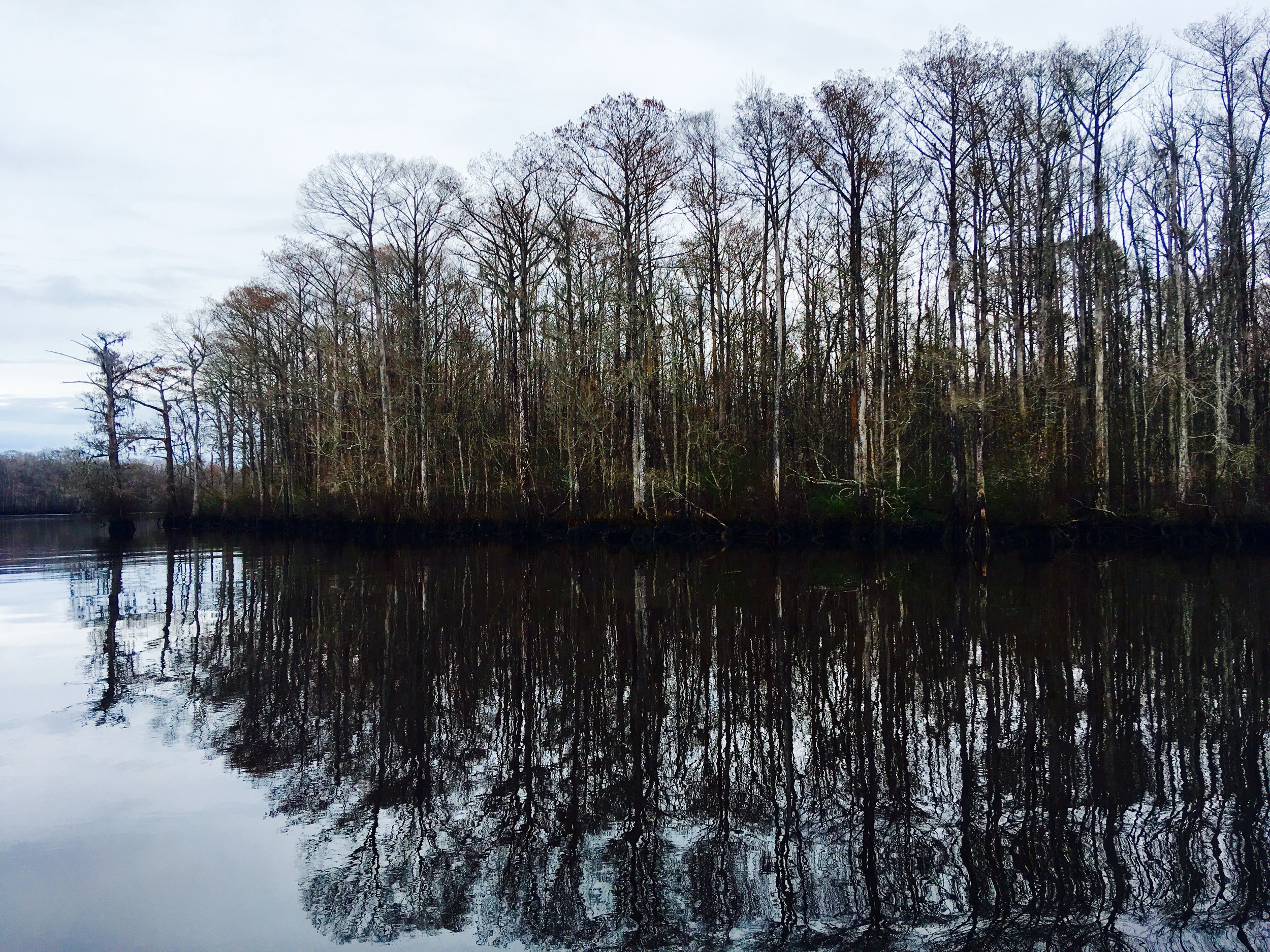Yes, every type of motor you install in a yacht will be subject to breakdown. The difference is how easy is it to fix so you can be on your way once again.
Our electric motor suffered a tragic end in April of 2017, when I forgot to disconnect the city water from the boat. A hose burst in the boat and the city water came gushing into the hull, filling everything inside with fresh water. Luckily, the bilge pumps were able to keep up with the water flowing in, so the water level only reached the floor boards. This meant though, that the engine was completely submerged for hours in fresh water.
The motor, miraculously did survive the ordeal and ran once it was allowed to dry out.
I contacted the manufacturer and sent the motor back to them for repair. They found water in the circuits of everything, and ended up sending me an entire new motor setup. The first motor operated flawlessly from its first day, until its flooding day. This period of a few years was very easy, as the motor simply worked.
The new motor seemed to have some issues. The control module died on us, causing the motor to stop working entirely while we were in Oriental, NC. This simply prolonged our stay in this town, as we waited for the replacement part to arrive. The new part came in, and since the unit was now only 7 months old, the part was covered under warranty, so no cost to me and only a few hours of work to switch the part out.
3 months later, the motor started switching between forward and reverse while motoring along in forward. The instrument display also began giving screwy readings. A quick call to the manufacturer and a few diagnostic tests performed with the guidance of an engineer over the phone showed that the control module had shorted out again, and a new part was sent out. The same amount of time was spent installing the new part, and we were then off on our way.
While the first motor worked flawlessly for several years, the new motor has had some issues with the control module. Yes, these have caused us to stay in places longer than we had planned, but at the end of the day, we enjoyed the stay and the repair was easy to carry out with no cost to us to fix.
A diesel motor would have problems that would need addressing, and they are not always such an easy or innexpensive fix. We have friends who have new diesel motors, that require parts to repair them while they are cruising. The parts cost hundreds of dollars and the mechanic to install the part is just as expensive.
It seems that all motors will fail you at some point in time, the difference is how easy is it to fix, and if you can do the repair yourself. That will save you the most money and allow you to keep cruising with your budget going towards you instead of towards your mechanic.



















